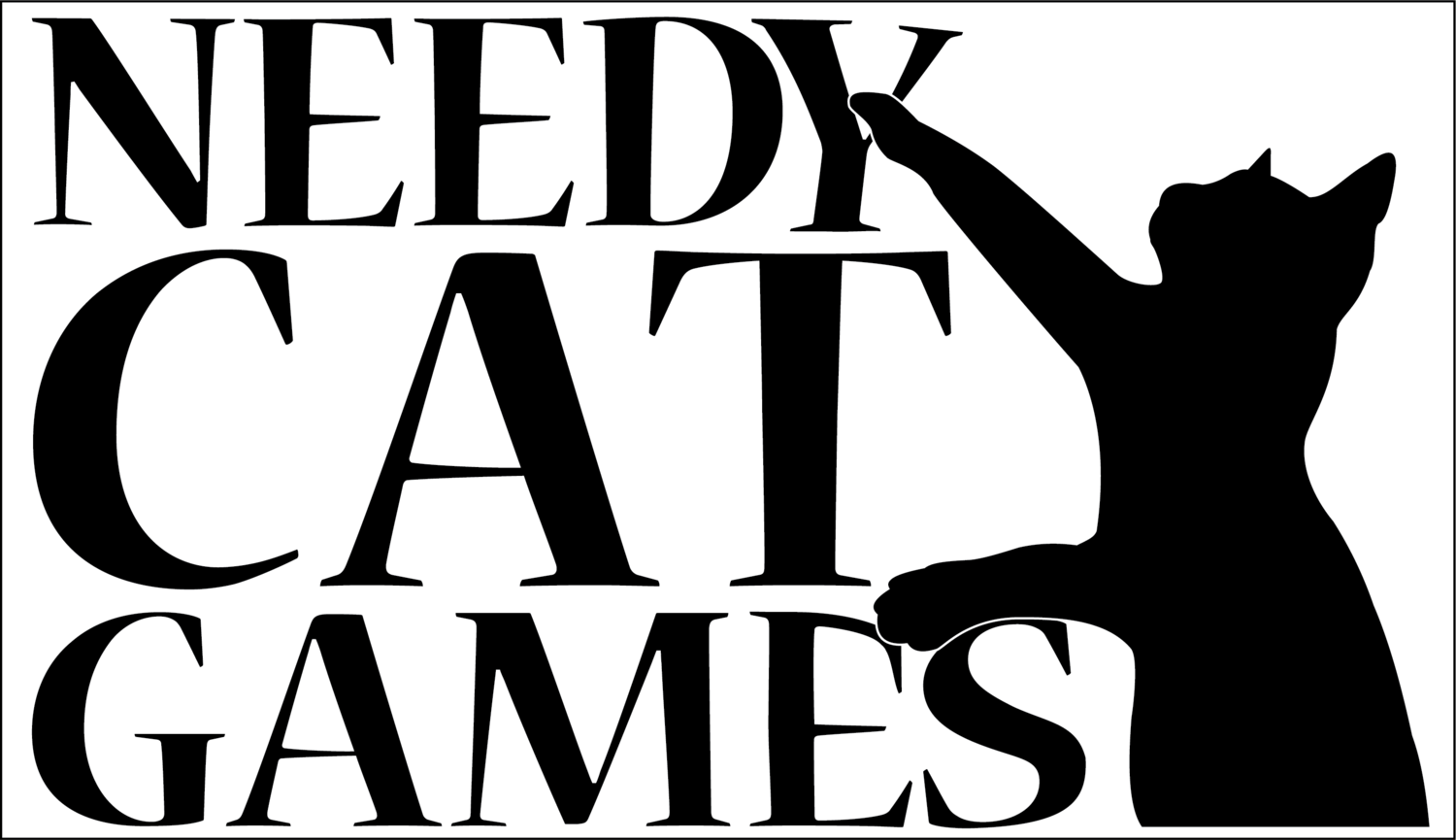Today, a friend messaged me to say that he had some ideas for a game, but didn't know the first thing about how to design one. I meant to type a quick reply, but I soon realised I've got a load of thoughts on the matter, which is quite reassuring!
After rattling out a rather hefty missive, I decided it might be a good idea to pop it up here on the blog - after all, I often get people asking my how this sort of thing works. With any luck I'll follow this up with a few more 'articles' on similar topics.
First up, though, a disclaimer! Everyone does this sort of thing differently. This is just how I design games, and it's a five-minute overview at best. With that in mind, here's what I came up with. If you enjoy it, please drop a comment and let me know - the more people do that, the more likely I am to follow it up!
Okay! Right. Game design! There's a lot to say on the subject, but I'll start with an overview.
So you can pretty much split basic game design into two stages - designing the game, and writing the rules. A real common mistake new designers make is trying to write the rules before they've designed the game!
Stage one is all about scribbling down your ideas, writing only enough words so you can get your thoughts on paper, then trying them out. Put together a quick and dirty prototype - this doesn't have to be pretty, it's only for you, so you can use whatever you've got lying around - and have a go. Get a feel for your idea. See how big the playing area might be, see how many models / counters / playing pieces / whatever might be used. This is all really rough at this point.
This starts a cycle: test, make notes, adjust prototype, test, make more notes... and so on. This is an absolutely vital part of game design, the most important bit, the most interesting bit, and very often the most frustrating!
Once it's taking shape, have a stab at writing down the rules with a bit less shorthand. You're still not trying to write the rulebook - don't worry about making it pretty, you can still keep it very basic - but you're now trying to solidify what the game is. Start looking for definites. You're going from "players have maybe 5-10 models) to "each player has the following 5 models", to give an example.
At this point, when you've got a game that feels like it's got some legs, you can bring some other people in. Get them to play with you, and ask for honest feedback. Then go back to the cycle - take notes, adjust the prototype, test...
Eventually, with any luck, you'll get to the point where you're actually enjoying playing the game. It becomes less frustrating and more exciting. This is an awesome stage. If you don't find that this is happening, don't be afraid to tear some parts of the game down and rebuild them. Look at what works, and what doesn't. Murder a few darlings (i.e. if you've got any favourite mechanics, target them - do they fit the game? Do they deserve to be in it? If you like them, you're likely to cut them some slack, but you need to be merciless!)
When the game gets to the point where it feels like a *game*, get some people to play it. You won't be playing, you'll be explaining the rules and seeing how they react. Look for bits that they stumble over. Make notes, and try again with different people. Do they stumble over the same areas? If so, you should look at reworking that bit of the rules.
Keep on going until *other people* are enjoying the game, and it's starting to feel finished. Have a drink, celebrate a bit! But it's not over - because this is just stage one. Now you need to do stage two!
Stage two is just as hard, even though it doesn't feel like it should be. You now need to codify your game, so that someone can read the rulebook and know exactly how to play it without you being in the room, explaining it. This is not easy! In fact, I might stop there - there's plenty to chew through already - and I'll come back to this later. Best of luck!


